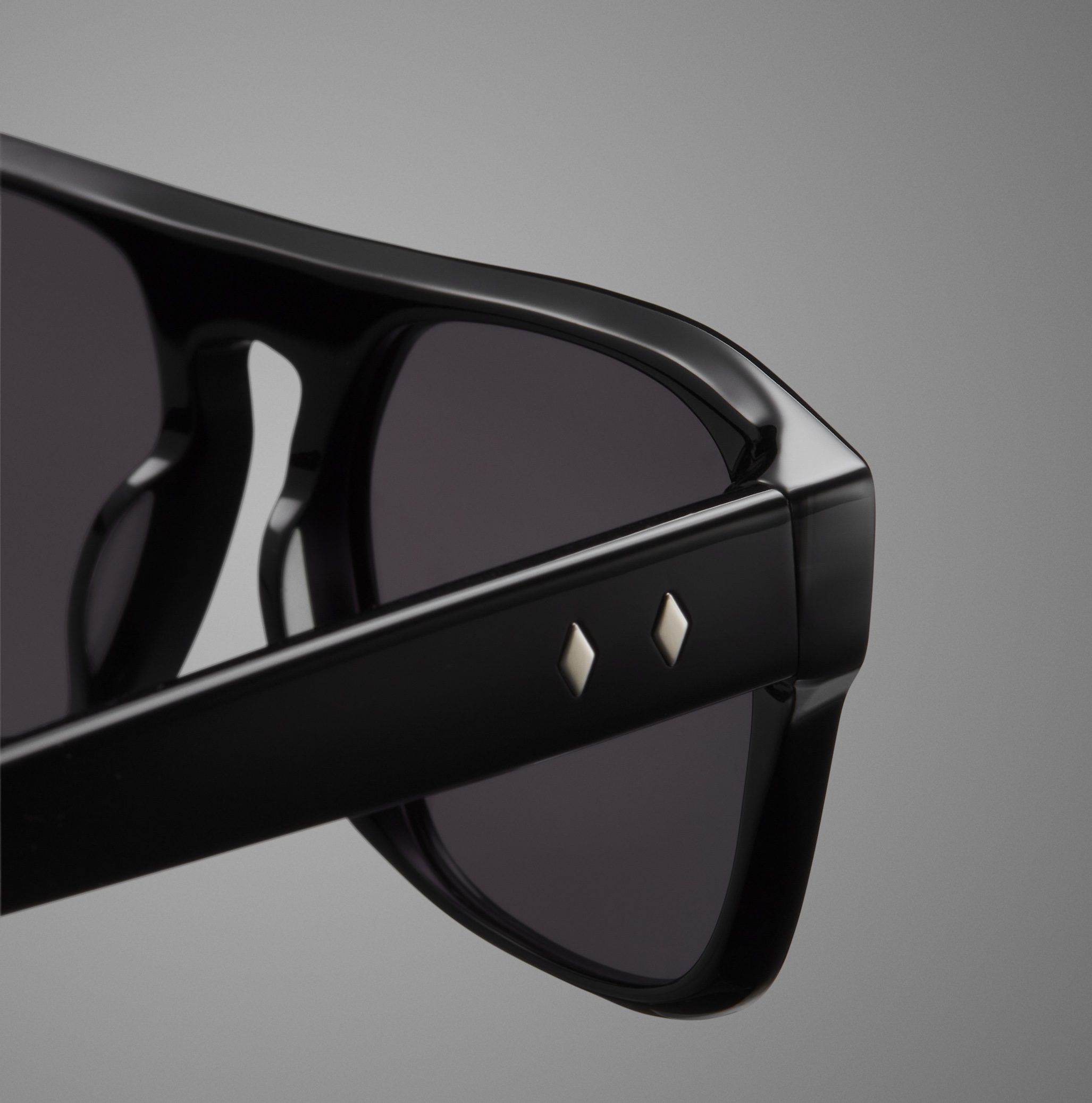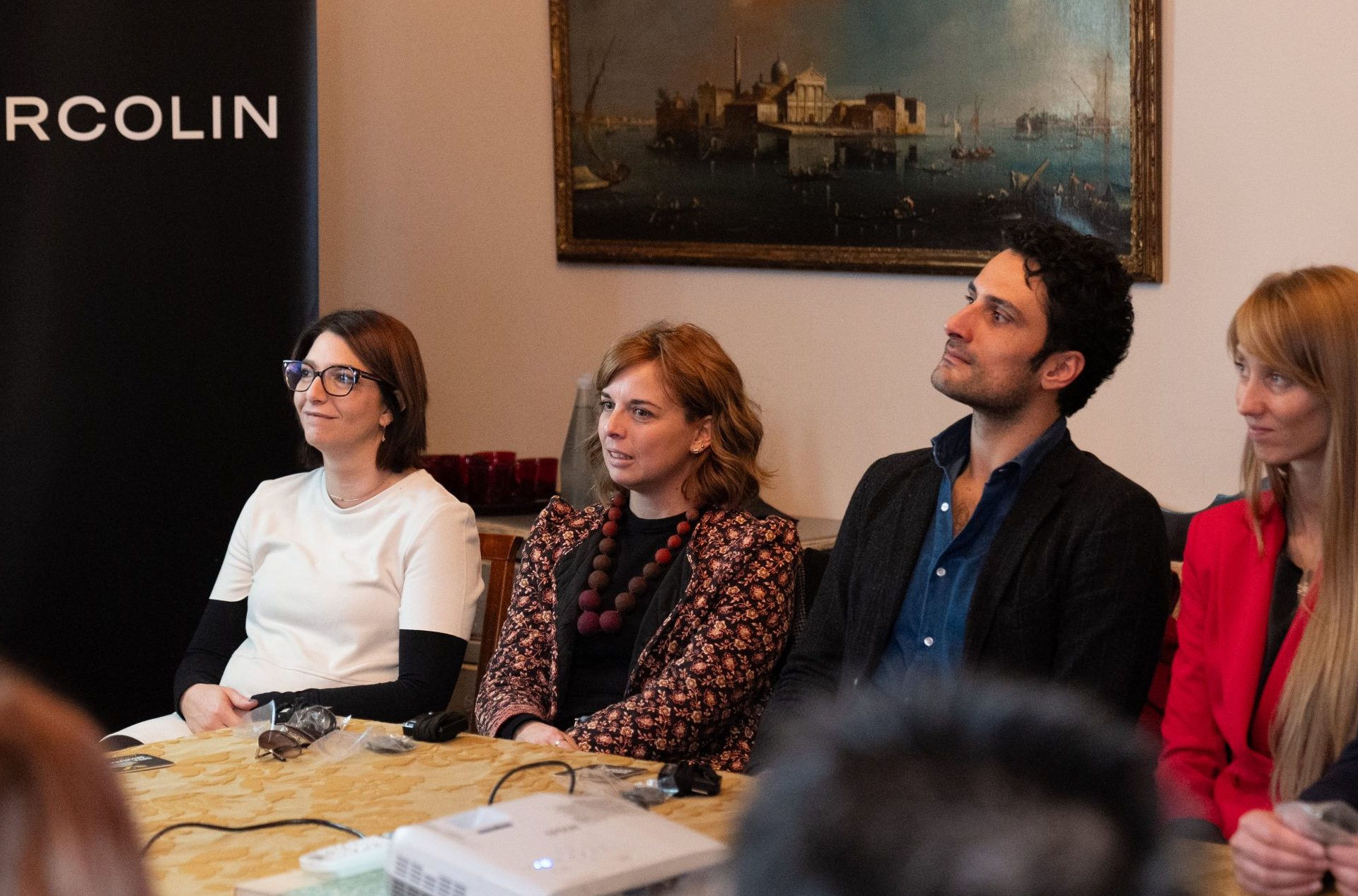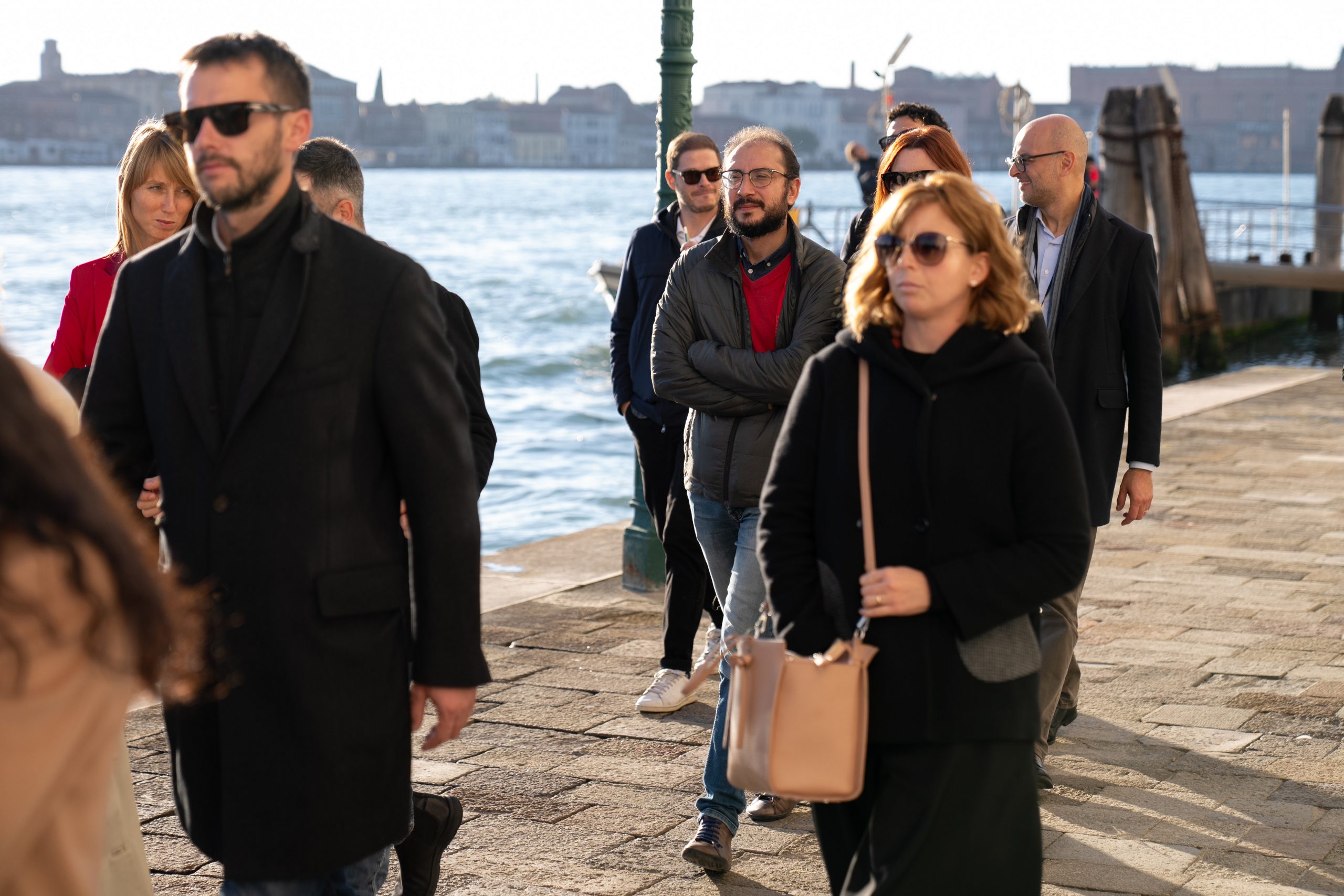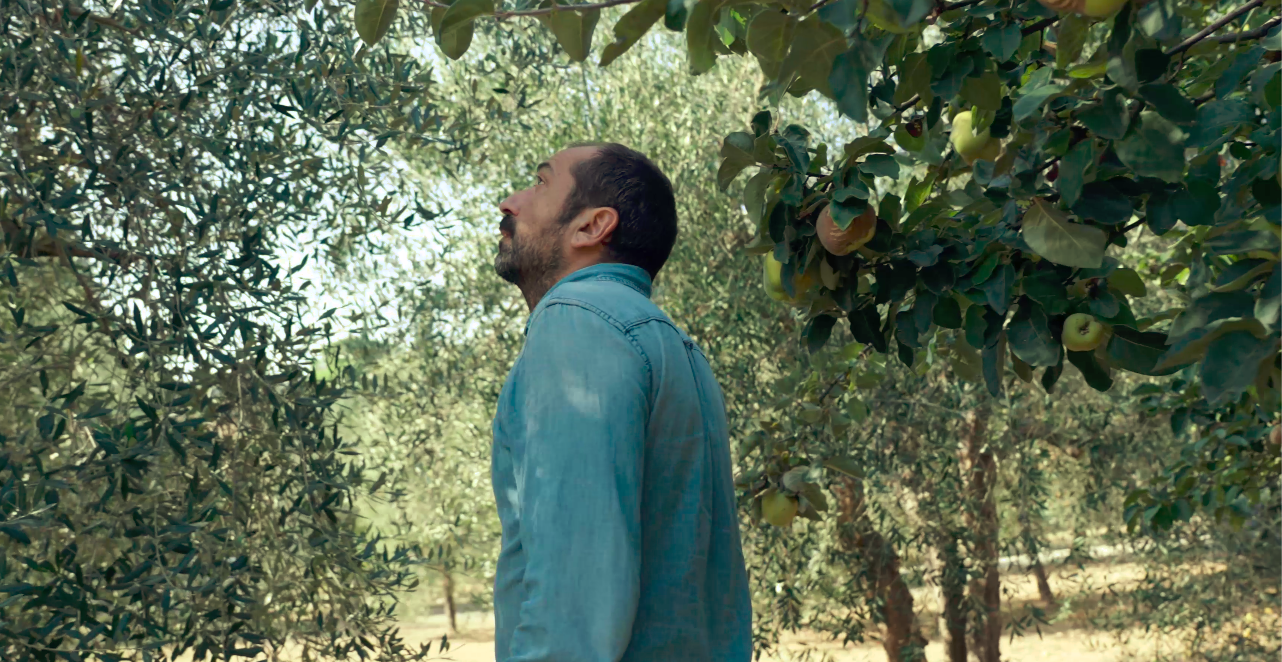From the gold auctions
It was in 1961 that Marcolin was founded in Cadore (Belluno), in the heart of the Dolomiti area, which at that time was rapidly becoming the Italian eyewear district (one region, one vocation: celluloid frames were already being made there back in 1910). It was founded under the simple name of ‘Fabbrica artigiana’ and was inaugurated by entrepreneur Giovanni Coffen Marcolin, who started manufacturing gold laminated temples. This was just the beginning: three years later the company became ‘Marcolin occhiali doublé’, and in 1967 it expanded and moved premises. First to Vallesella di Cadore, then to Longarone, where its headquarters are still located.

To the fashion world
From the outset, Marcolin’s international vocation was clear: in 1968, it made its debut on the US market through a network of eight distributors, followed by France a few years later. But it is precisely from its origins, from this particular cultural and geographical context, the cradle of the best Italian manufacturing tradition, that we can truly understand Marcolin’s success. A company that, in just a few years, grasped the importance of combining the craftsmanship that is the envy of the world with advanced technologies and research into materials and design.

Through to the new numbers
This is the philosophy that allows Marcolin to continue to grow, transforming eyewear from a medical device into a must-have fashion accessory that changes the features of one’s face and defines one’s style. The first French subsidiary was followed by a branch in Switzerland and one in Germany: Marcolin grew from 80 to 200 employees and reached the milestone of one million frames produced in a year. That was the 1980s, and forty years later, with almost 2,000 employees worldwide and a prestigious and diversified brand portfolio, Marcolin still remains true to its roots. And to its history.






























